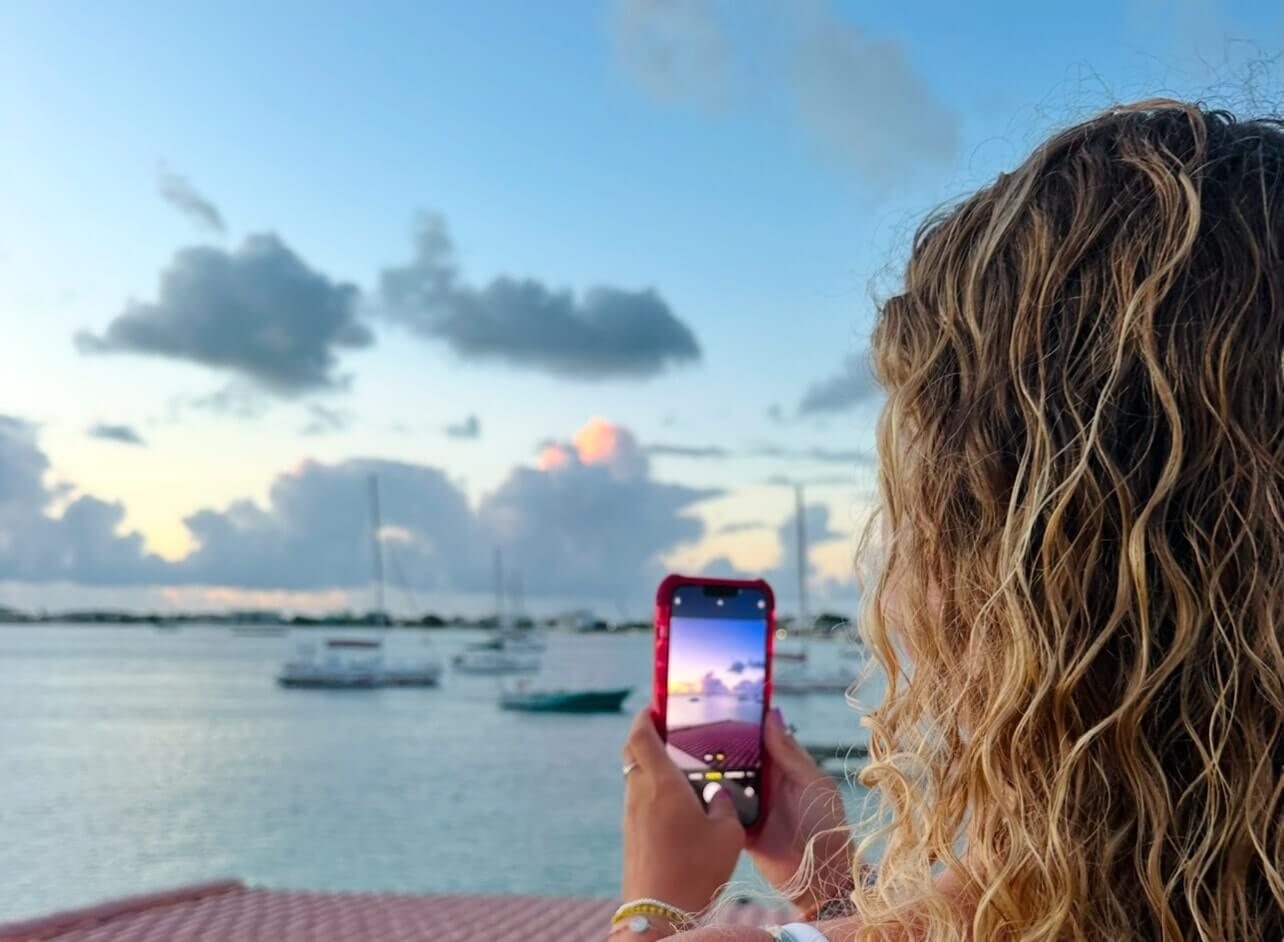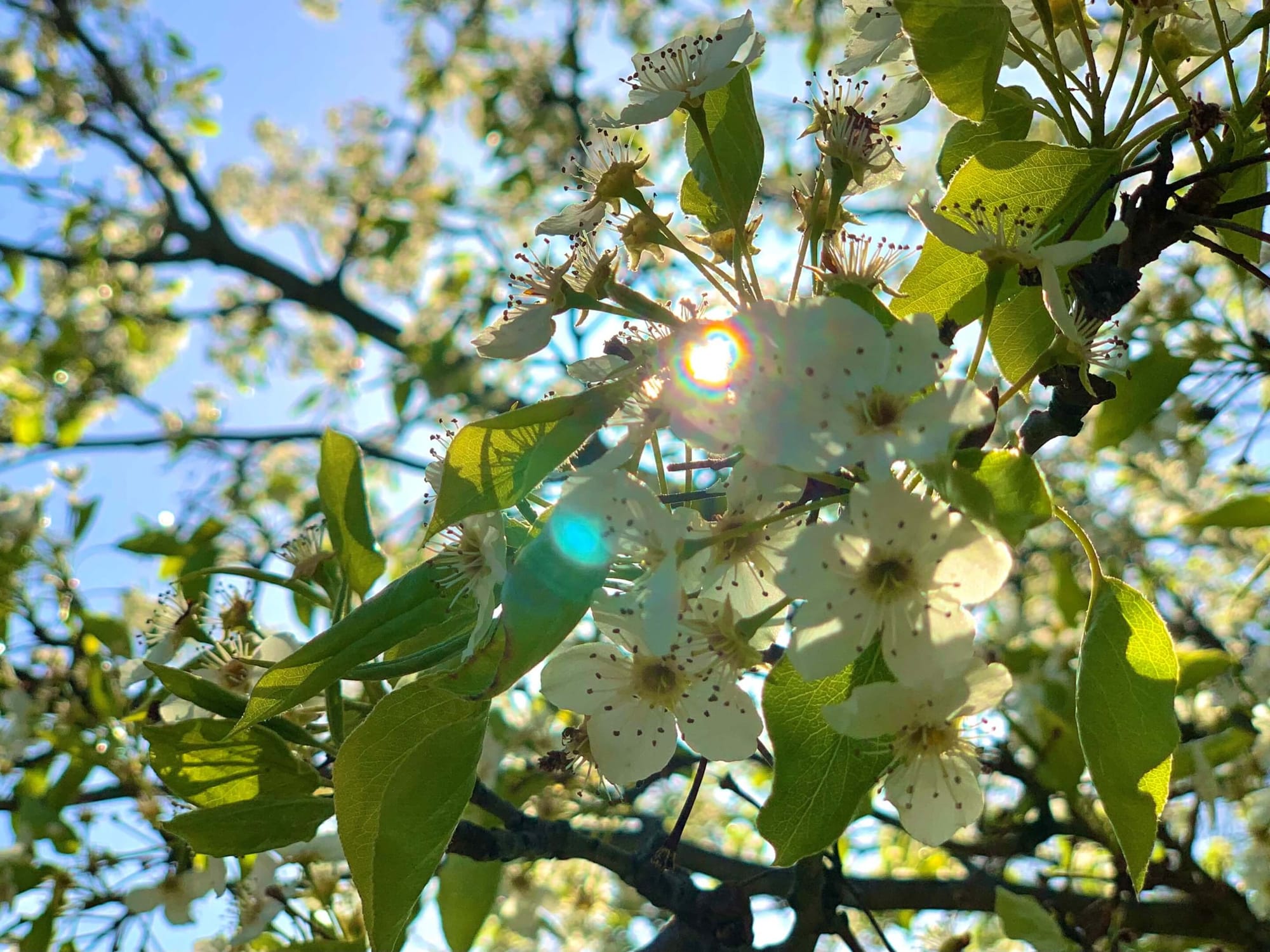How Long Is Spring Break in 2025?


If you're anything like me, you're counting down the days until spring break. Between fun in the sun, no school, homework, or final exams to study for, the world is your oyster! Or if you're a homebody, your vacation can be the perfect opportunity to stay home and catch up on sleep. Whatever you choose to do on your break, the question still looms: just how long is spring break?
Today, I'm going to talk about spring break, explore the dates of its history, understand the factors that determine its length, and discover how different educational levels and countries around the world celebrate this yearly tradition.
Everyone loves a good spring break holiday, but to plan your vacation or activities accurately, you'll need to know how long spring break is at your school. Keep reading to find out!
Create a free Bold profile and start applying for scholarships today!
Get Matched to Thousands of Scholarships
Create your Bold.org profile to access thousands of exclusive scholarships, available only on Bold.org.
Create Free ProfileSpring Break in Elementary Schools
For elementary school children, spring break is a brief, week-long respite that allows them to recharge and spend quality time with family. Parents often plan activities for their young spring breakers, such as trips to parks, museums, or vacations, to keep them engaged and active.
Additionally, many schools organize workshops or camps during this break, where children can explore arts, crafts, music, or new skills like cooking or gardening. These activities keep students entertained while fostering imagination and enhancing problem-solving abilities.
Spring Break in High Schools
Needless to say, high school students eagerly await their spring break almost immediately after winter break. Typically longer than elementary school breaks, high school spring breaks can range from one to one and a half weeks, depending on the school district.
Many high school students use this time to travel with friends or engage in community service projects, gaining valuable experiences beyond the classroom. Schools also organize job shadowing programs, allowing students to explore potential career paths by spending a few days with professionals in fields of interest.
Check out these scholarships for high school students now! Start saving for your spring break!
Spring Break in Colleges and Universities
Colleges and universities often have the longest spring break, lasting from one to two weeks long, giving students ample time to unwind and engage in various activities. This is mirrored by a lengthy winter break, with many extending past Martin Luther King Jr. Day and nearly into February. Due to these long breaks, many students travel to popular destinations, participate in adventure sports, or catch up on rest, temporarily leaving campuses deserted.
Create Your Free Profile to Apply for Scholarships Today!However, spring break isn't just about leisure. Many students use this time to enhance their skills through internships, volunteering, or participating in academic conferences and workshops. These experiences provide real-life experience, valuable connections, and expanded knowledge in their chosen fields.
For more scheduling information to reduce conflicts during your days off, take a look at our guide on when spring break is!

Factors Influencing the Duration of Spring Break
Regional Variations
Local education policies may cause variations between districts and regions, as some policies require more vacation time, and others recommend more time in school.
Cultural and Historical Traditions
Some regions have deep-rooted customs that dictate the duration of the break, aligning with festivals, holidays, or other significant events. Much like many universities in the US plan their fall semester dates around Labor Day or Thanksgiving Day, spring break may be planned around pre-existing national holidays. These traditions can influence the overall length of the break and add a unique flavor to how different communities approach this period of rest.
Educational Level
One of the main factors determining the length of spring break is the educational level. Elementary schools typically have a shorter break, lasting only a week. High schools often follow a similar pattern, occasionally going up to two weeks. Colleges and universities, on the other hand, tend to have longer breaks that can range from one to three weeks.
The Concept of Spring Break
Spring break is one of the most anticipated times of the school year. As the name suggests, spring break is a break from academic or professional responsibilities that typically takes place during the spring season.
Spring break usually occurs during the first week of March, however, that's not a one-size fits all situation. While most schools do hold their breaks at the beginning of March, that's not the case for all school districts. Nonetheless, during this time, students and employees get early release to take time off to unwind and recharge themselves for the remaining months of the school year.
Browse these March scholarships and make the most of your spring break by scoring scholarships!
The History of Spring Break
It's not talked about often, but spring break has a deep history. It can be traced back to ancient times when various cultures celebrated the arrival of spring with festivals and rituals for a few consecutive days.
However, the concept of spring break as we know it today gained popularity in the mid-20th century. It started as a college tradition in the United States and often coincided with the end of winter, offering a welcome respite from the cold and the accumulation of snow days. Unlike other holidays with a set date (i.e., New Year's Day falls on the first of January), spring break typically depends upon the changing of the seasons.
There is no doubt that spring break has evolved into a global phenomenon over the years. Students from all walks of life participate in this tradition, whether it be by going to beach parties in Cancun or using the time to participate in volunteer programs designed to develop or help your community. The ways in which individuals choose to spend the first day of their spring break vary widely and reflect the diverse interests and values of society.

The Purpose of Spring Break
While any vacation does have sunny perks, spring break serves multiple purposes. For some students, it provides a much-needed reset from the demands of coursework and exams; for others, it's a time to focus on work or stay busy academically or professionally.
Nonetheless, spring break offers an opportunity to de-stress, have fun, and create lasting memories with friends. For working professionals, it serves as a chance to take a well-deserved break from the daily grind and reconnect with loved ones or pursue personal interests.
Spring Break Around the World
When you think of spring break, it's easy to associate it with the United States immediately. But much to your surprise, different countries across the globe celebrate this tradition in their own unique ways, as well. Spring break is not just a time for students to unwind and party; it also serves as an opportunity for cultural exchange and exploration. Let's take a look at what spring break is like around the world.
Spring Break in the United States
The United States is famous for its wild spring break culture. Popular destinations include sunny coastal areas like Florida, California, and Texas, where students escape to sunny beaches and enjoy parties, music, and water sports. Cities like Miami and Los Angeles have become synonymous with spring break revelry, attracting thousands of young students and travelers every year.
But not everyone likes the typical beach destinations for some R&R. Believe it or not, some students opt for alternative spring break experiences like volunteering around their communities or trying out new outdoor adventures like hiking and camping. This shift towards more meaningful spring break experiences reflects a growing trend among young travelers seeking to make long-lasting memories while having fun.

Spring Break in Europe
This may come as a surprise, but Europe is one of the hottest destinations for spring breakers. The rich history, culture, and natural beauty across Europe are things the US can't compete with. From the picturesque coasts of Greece to the vibrant nightlife of Spain and the music festivals in the United Kingdom, Europe offers a multitude of options for spring breakers seeking to make their holiday an unforgettable experience.
For those students already in Europe studying abroad, spring break is the perfect opportunity for them to indulge in the country by exploring neighboring cities or other countries. Not only will it broaden their cultural horizons, but it will also create lasting memories. Europe's efficient transportation network makes it easy to hop from country to country, which allows travelers to experience a mix of different cultures and landscapes in a short period of time.
Spring Break in Asia
Asia is quickly emerging as a popular destination for spring breakers. Countries like Thailand, Indonesia, and the Philippines offer stunning beaches, affordable accommodations, and exciting cultural experiences. Not only does the allure of Asian destinations attract travelers from around the world, but it also adds an international flavor to spring break celebrations you can't find anywhere else.
Spring break adventures in Asia can range from water activities like scuba diving in crystal-clear waters, exploring ancient temples and ruins, and sampling a wide array of street foods. The region's warm hospitality and diverse landscapes make it an ideal setting for those seeking a blend of relaxation and adventure during their spring break getaway.
Making the Most of Your Spring Break
Now that we have explored spring break all over the world, its history, and its varying lengths across educational levels and countries, let's talk about how you can make the most of your break and come back to school refreshed and determined as ever.
Planning for Spring Break
Planning for anything is an essential part of ensuring a memorable time, but especially for a spring break experience. Take the time to research desired destinations, consider your budget, and make necessary travel arrangements in advance. This will not only help you secure the best deals for your buck but also give you peace of mind, allowing you to fully enjoy your time off.
Balancing Rest and Productivity During Spring Break
While spring break is a time for relaxation and enjoyment, it's also an opportunity to work on personal goals or hobbies. I suggest finding a balance between rest and productivity. Find activities that bring you joy and fulfillment while also allowing yourself ample time to relax and recharge.
This can be anything from embarking on a solo adventure or exploring hidden gems in your own city. So, whether you choose to catch up on sleep, take a trip, or explore new hobbies, use your spring break to invest in yourself and some self-care.
Remember, spring break is not just a week-long vacation; it's a chance to discover more about yourself and broaden your horizons. So, seize the moment, plan accordingly, and soak in the magic of your upcoming, well-deserved spring break!

Frequently Asked Questions About How Long Spring Break Is
Is spring break the same length as winter break for middle and high schools?
No, spring break is usually shorter than winter break. Spring break typically lasts one to two weeks, while winter break can extend up to three weeks. The exact length of each break varies depending on the school or university's schedule.
What is spring break like around the world?
Spring break around the world can be anything you want it to be. Depending on your goals for your spring break, any chosen destination will align with your plans. So, if you're looking to travel out of the country, spring break in Europe can be full of backpacking across different countries! While staying local, or in the United States, can be more relaxing and refreshing.
What week in the school calendar are most spring breaks?
Most spring breaks typically fall between the last two weeks of March and the first two weeks of April. The exact week can vary depending on the school calendar for each institution. Colleges and universities often align their breaks with major holidays like Easter in the latter half of April.
Don't forget to head over to our scholarship blog to learn more about what college life has to offer!

About Ellie
Ellie is an exceptional writer and researcher with expertise in financial aid, scholarship applications, and aid negotiation. Throughout high school, she applied for scholarships and was able to win enough to cover all of her external scholarship limit.
Ellie is a freshman at Brown University, majoring in Classics and Literary Arts with a focus on fiction. She’s currently a research assistant for the American Sign Language department at Brown University where she fulfills many different roles to promote ASL's presence on campus and in the local community.
Experience
Despite being a recent high school graduate, Ellie has already built a strong foundation as a writer. She volunteered with an online nonprofit to launch their pilot blog program, excelling as both a writer and editor. Her role as the editor-in-chief of her high school newspaper further honed her editorial skills, while her participation in international Debate & Forensics competitions enhanced her ability to craft compelling arguments and narratives. These experiences showcase her initiative, leadership, and dedication to the craft of writing.
Since joining the Bold.org team in 2024, Ellie has leveraged her extensive background as a scholarship applicant and recipient to help others navigate the scholarship application process. Her expertise also includes crafting resumes, writing cover letters, and preparing for interviews.
As a student who will invariably graduate with debt, she is increasingly sensitive to the financial pressures college students face. Motivated by her desire to make a meaningful impact, she aims to advocate for accessible financial resources and support systems that can help alleviate the burden of higher education costs for future students.
Ellie is driven by her passion to make a meaningful impact. Through her creative and engaging writing, she addresses relevant issues with the powerful art of storytelling. Ellie strives to make information accessible, helping students understand the nuances of college life.
Quote from Ellie
"There is a defiance in being a dreamer."